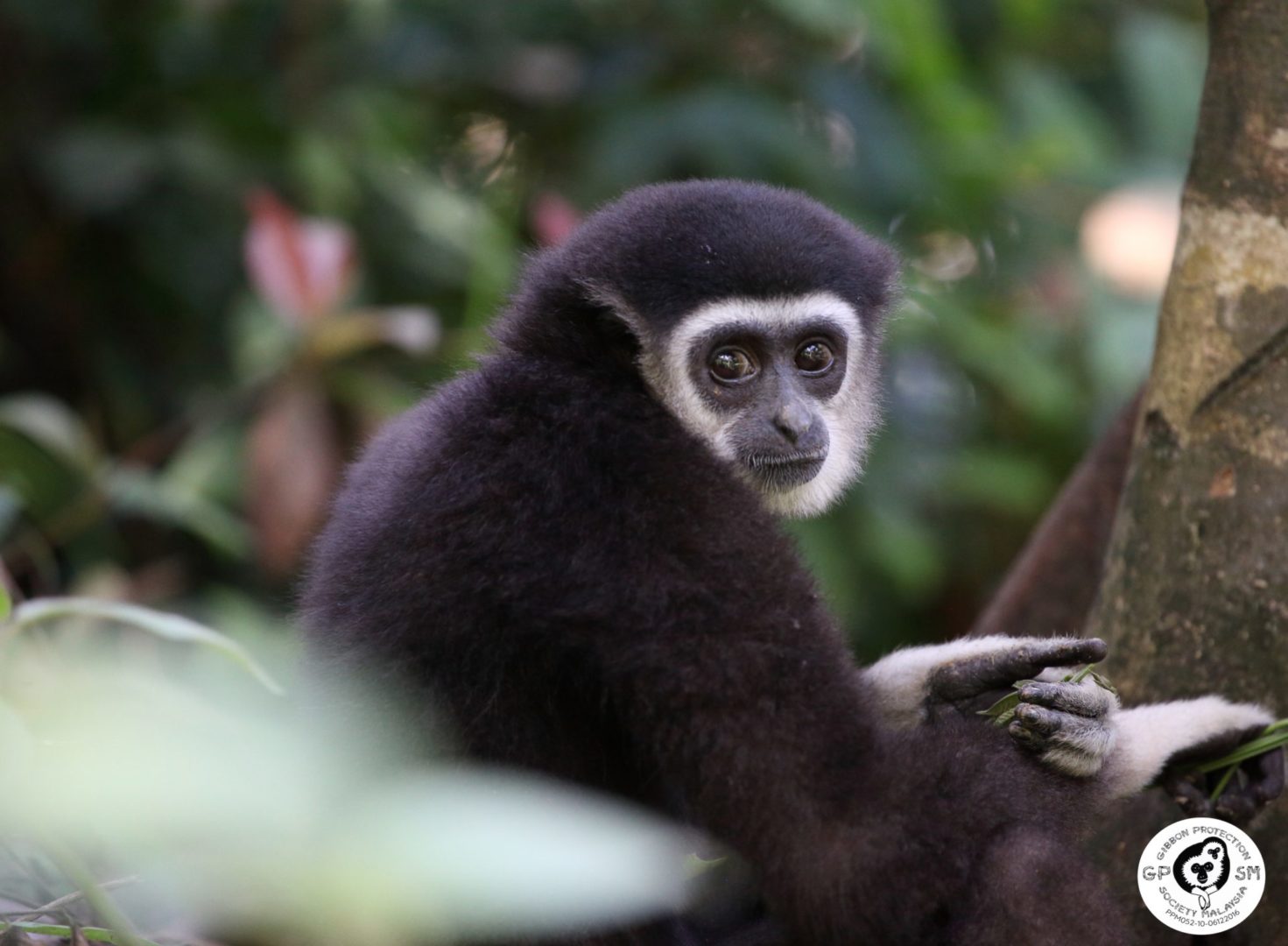In the heart of Malaysia's lush jungles, a silent struggle for survival is unfolding. The…

How to save the Borneo pygmy elephant?
2.
How to save the Borneo pygmy elephant?
The best possible way to save the Borneo pygmy elephant is by promoting collective action through awareness and education. Let’s create, protect and share our wild habitats.
While this is an ideal solution, however, the solution in the real world is more likely based on financial trade-offs and sub-optimal decision-making or compromise, since, often self-interest diverge. Or perhaps, we forgot that we need nature as much as nature needs us.
This ongoing effect can be observed in Malaysian Borneo, where humans compete or control local natural resources and spaces, leading to a severe decline in the pygmy elephant population. And a gradual increase in human-elephant conflict. Since the 1970’s, it is estimated that more than 30% of the Bornean rainforest has been lost due to human activity, mainly for plantations and human settlement. Also, ivory poaching is a cause for concern for the pygmy elephant, whose numbers are estimated to be less than 1,500 in the wild.

Workers sorting mature fruits of the palm oil plant. [Photograph by Sevki79, distributed under a CC-BY 4.0 license]
The Borneo Pygmy elephant is the smallest sub-member of its species, possibly due to the ‘island effect’ where an animal can get bigger or smaller over generations as a consequence of its interaction with its environment. DNA analysis indicated that this species separated from their cousin, the Asian elephant, some 300,000 years ago, and has undergone several changes in isolation. As a result, they are smaller (less than 2.4m) and gentler than other elephant species. Today, they can be found in forests situated on flat lowlands and in river valleys in the northern and north-eastern parts of Borneo.
Why should we protect them?
Elephants are of cultural significance around the world and have been depicted in religious traditions, mythology and modern culture and arts. Take ‘Dumbo the elephant’ for instance, an animated movie based on children’s story, which was a part of growing up for many individuals worldwide.
Also, elephants are ecologically valuable species as they can shape an ecosystem. As a result, many plants, animals, and insects, that depend on elephants – directly or indirectly – can benefit from elephant conservation efforts. More importantly, elephants are intelligent, self-conscious beings, with a complex social network and interactions, which we are starting to understand. By studying elephant behaviour in the wild, it can help us to understand more about animal intelligence from a completely different perspective.

A Borneo pygmy elephant comes out of the jungle for a peek at Ulu Muda, Kedah
How to save the Bornean Pygmy Elephant?
Natural corridors
Natural corridors can prove effective in conserving the current pygmy elephant population by allowing safe passage to move freely between fragmented forest habitats. This would allow more access to food, shelter and mating for the remaining population of pygmy elephants. It is likely that fragmented wild habitats could become more common in the future as the human population increases along with our demands. Hence, natural corridors can help to reduce our impact on wildlife by linking important fragmented habitats, while we create new wild habitats.

Wildlife overpass in Singapore. [Photograph by Benjamin P. Y-H. Lee, distributed under a CC-BY 4.0 license]
Education
By far, education can play a huge role in changing perspectives, building tolerance and respect for the pygmy elephant. Raising awareness through outreach programs and meaningful conservation activities can prove crucial at the local level, where the effect and impact can define the future of this species.
Responsible Ecotourism
Tourism is one of the biggest industry in the world, with a global economic contribution of over 7 trillion US dollars. With the rise in eco-conscious consumers and travellers, and as our world becomes more connected, responsible or sustainable ecotourism could surge in popularity in the near future. And this could help generate much needed revenue for the conservation of the pygmy elephant, or any other endangered species. Also, with every social media post or picture of the trip to the wild can actually help to raise a species profile – online or offline – which is a valuable asset when it comes to protecting endangered species.

Volunteers learning how to setup camera traps in the jungle
Community-led tourism could become an efficient business model that could shape the ecotourism of the future. This would give the local community access to better employment opportunities, education, health, and overall, a better quality of life. More importantly, this would help to foster community-led conservation initiatives since the community will be aware of the economic and social value of their natural and cultural heritage. This would give them a sense of purpose, pride and responsibility.
There is no denying that we are an integral part of nature as are other life forms, evolved over time, in many different shapes and sizes. And all have their own stories to tell. Perhaps, we should learn to listen, share, and protect these stories and story characters of the wild.
Featured photo credit: Shanker S, distributed under a CC-BY 4.0 license



